Anxiety is a part of everyday life. We feel it, and usually, with time, we are able to dismiss it. But for many, anxious thoughts are a constant presence that blocks calm thinking and healthful functioning.
As a counsellor working with many kinds of people living in the Edmonton area, I see the effects of anxiety constantly. Relief can be hard to find, but fortunately, the body’s natural systems offer us some helpful answers.
When we’re feeling anxious, our breathing patterns change. Instead of breathing slowly from our lower lungs, we tend to breathe quickly from the top of our lungs, taking swift, shallow breaths. If we’re especially anxious, this can cause hyperventilation, bringing on these symptoms:
- Dizziness
- Shortness of breath
- A lump in the throat
- Tingling or numbness in the hands or feet
- Nausea
- Confusion
GOOD NEWS: ANXIETY RELIEF IS A FEW DEEP BREATHS AWAY
When you feel anxious, you can change your breathing to control these symptoms. Shifting your breathing rate and pattern stimulates the body’s natural relaxation response.
As this response takes over, your body’s oxygen use will decline. Your breathing and heart rate will return to normal levels, taking blood pressure down with them. Any tension in your muscles will be relieved, too, and you will feel a sense of ease in your body.
PRACTICING NATURAL BREATHING
There are several basic breathing skills that you can use to ease anxieties when they arise. The first is called natural breathing. In fact, this is a good way to breathe all day long, unless you are involved in physical activity.
Gently and slowly inhale a normal amount of air through your nose, filling your lungs entirely, all the way down. Then exhale easily.
To start, try this technique with one hand on your stomach and one on your upper chest. As you inhale gently, your lower hand should rise while your upper hand stays still. Continue this gentle breathing pattern with a relaxed attitude, concentrating on filling only the lower lungs.
Notice that this breathing pattern is the opposite of what happens when you’re anxious. You breathe more deeply, expanding the abdomen, and exhale more slowly, feeling calmer each time.
A SECOND TECHNIQUE: CALMING BREATH
The second technique is called calming breath. It is another form of deep breathing that helps control hyperventilation, slows a racing heart and promotes physical comfort.
Take one long, slow breath in through your nose, first filling your lower lungs, then your upper lungs. Hold your breath for a count of three. Then exhale slowly through pursed lips, while you relax the muscles in your face, jaw, shoulders, and stomach.
To help with anxiety, practice this calming breath technique at least 10 times daily for several weeks. Use it during times of transition between projects at work, or whenever you want to release tension and feel calmer. Use it anytime you experience racing or anxious thoughts.
CALMING COUNTS
Here is a third useful technique. It can be especially helpful in times of anxiety because it takes a full 90 seconds to complete.
Sit comfortably. Take a long, deep breath and exhale slowly while saying the word “relax” silently in your mind. Close your eyes. Let yourself take 10 natural, easy breaths. Count down each exhale, starting with 10.
While you are breathing comfortably, notice any tensions in your jaw, forehead or stomach. Imagine these feelings of tension loosening and disappearing.
When you have counted down all the way to one, open your eyes.
AS YOU BREATHE, DISMISS NEGATIVE THOUGHTS
Our breathing is affected by what we’re thinking at the moment. So as you practice these deep breathing techniques, be sure to gently dismiss negative thoughts that come to mind. Try to stay in the moment and simply focus on your breath. This will help to melt the effects of anxiety and promote the calm you need to function well throughout your day.
As an experienced therapist working with individuals throughout the Edmonton area, I am ready to help you embrace techniques for managing anxiety and other negative patterns. Contact me now to schedule a counselling session at a time that’s convenient for you.
Source

